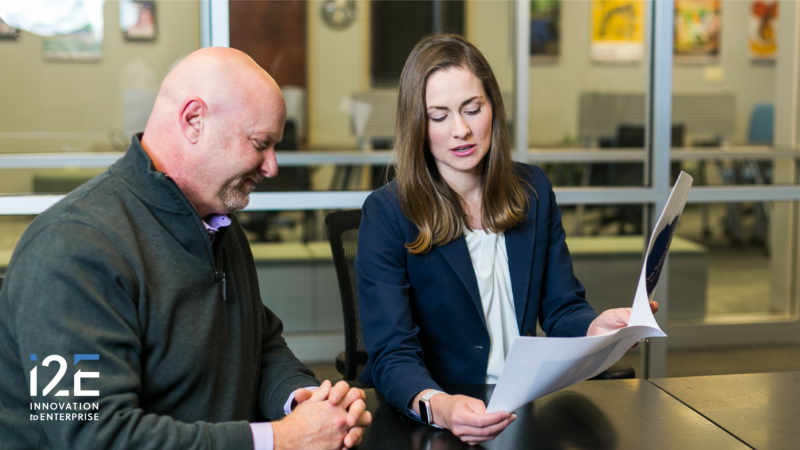By Jim Stafford
Copyright © 2014, Oklahoma Publishing Company
Late on a Sunday evening in 2009, Robert Broyles, Ph.D., pushed a key on a computer and submitted a grant application to the Bill and Melinda Gates Foundation.
Then a professor at the University of Oklahoma College of Medicine, Broyles was advancing a novel approach to curing a devastating genetic blood disorder called sickle cell disease, which afflicts approximately 100,000 Americans and an estimated 50 million people worldwide.
The $100,000 grant from the Gates Foundation would allow his Sickle Cell Cure Foundation to continue pre-clinical work on a compound called EDX-17.
The EDX-17 therapeutic under development would reverse sickle cell disease and a related disorder called beta-thalassemia, by restoring fetal hemoglobin in adult humans who carry the sickle cell gene.
Broyles didn’t have to wait long for answer from the Gates Foundation. It was “no.”
“I sent the application in at 9 p.m. on a Sunday night and by 9 a.m. on Monday morning they had sent a message back that said they’re not interested in sickle cell,” Broyles recalled.
So, he regrouped and took another approach. EDX-17 shows just as much promise in stopping malaria, a deadly disease spread worldwide by mosquitos.
“We realized from the literature that this thing we were trying to do, which is turn on fetal hemoglobin in adult red blood cells, not only would block sickling, but also blocks the malaria parasite trying to get into this red blood cell,” Broyles said.
The World Health Organization reported 207 million malaria cases in 2012 alone.
Broyles submitted another grant application.
This time, the Gates Foundation awarded a $100,000 grant, which allowed Broyles and research partner Robert Floyd, Ph.D., to found a company called EpimedX LLC.
The co-founders set up a research laboratory in Oklahoma City’s PHF Research Park (now the University Research Park).
Broyles, in his work at the OU Health Science Center and National Institutes of Health, had discovered that a molecule called ferritin-H would likely cause the switch back to fetal hemoglobin. While Broyles was on sabbatical in Floyd’s lab at the Oklahoma Medical Research Foundation, the discovery was advanced from hypothesis to proof-of-principle.
Patents were filed, which were transferred to Broyles and Floyd, and the Sickle Cell Cure Foundation was founded in 2006. EpimedX was founded in 2011 to financially drive the process of getting the EDX-17 treatment to clinical use.
Other funding quickly followed the Gates Foundation grant. I2E Inc. led a $750,000 investment round that included $300,000 from a company that produces a plant growth factor that also is a catalyst in the fetal hemoglobin switch. A $200,000 Small Business Innovation Research (SBIR) grant is pending.
The combined funding will carry EpimedX into a human clinical trial and advance a possible cure for the millions worldwide suffering from sickle cell and malaria.
Broyles took his first steps on the long journey that led to EpimedX four decades ago when he served a post-doctorate fellowship at Florida State University. There, he studied gene regulation in frogs, which share a fetal hemoglobin trait with all vertebrates.
His career took him to the famous Marine Biological Laboratory in Woods Hole, Mass., the National Institutes of Health Hematology Program, the University of Wisconsin-Milwaukee, and on to OUHSC, where he served as a professor for 32 years.
“It’s sort of like the DNA helix,” he said of the path that led to EpimedX. “It started and wound upwards, but it wasn’t a straight line. This sickle cell problem turned out to be a problem in regulating genes, so it all fits together in a continuum.”








